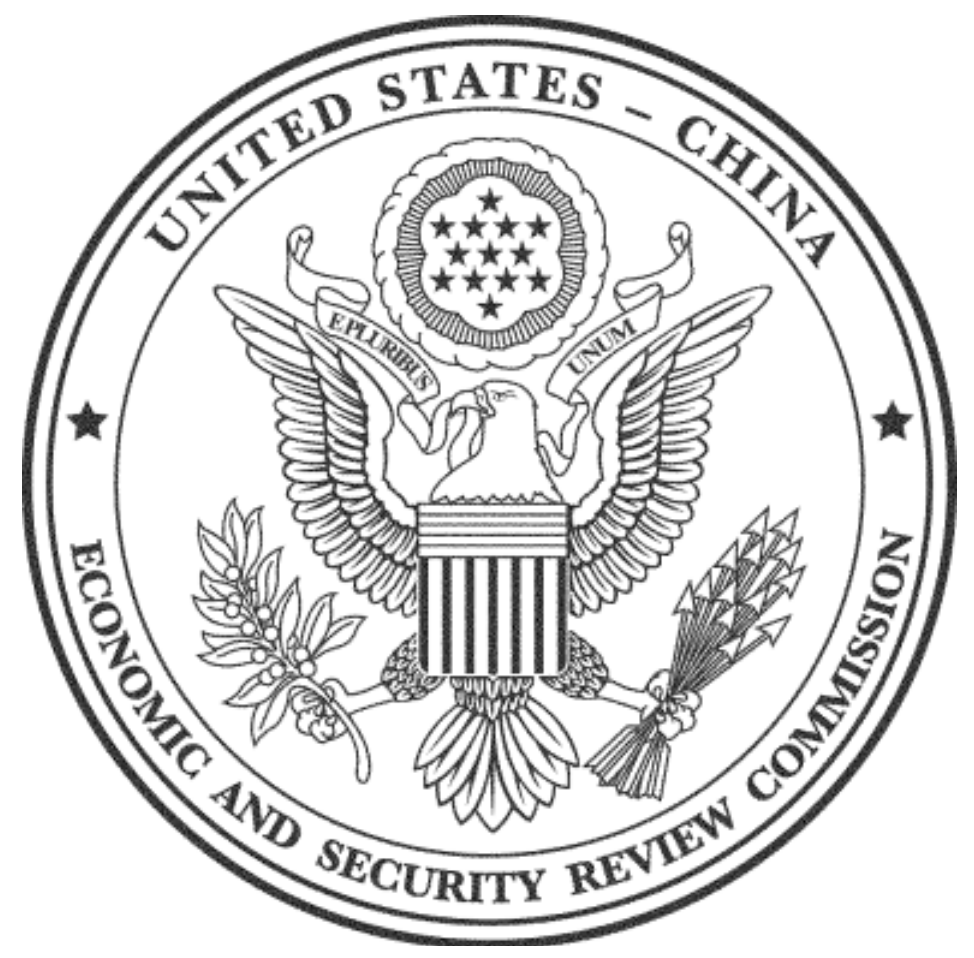Opinion
China gingerly taking the capital account liberalisation path
Since China is the number one trading nation, the second largest economy and a large net creditor, the world has a huge stake in how China manages its tricky transition from a state of binding capital controls to one of closer integration with the global financial market and system.
Since China is the number one trading nation, the second largest economy and a large net creditor, the world has a huge stake in how China manages its tricky transition from a state of binding capital controls to one of closer integration with the global financial market and system.
A natural starting point is, of course, where China currently stands in its financial integration with the rest of the world. How open financially is China when we compare it to its own recent past or its major emerging market peers like India?
To answer this question, Robert N. McCauley and I conducted a study by analysing eight measures of capital account openness (four price-based measures and four non-price ones). Our four price-based measures were based on the ‘law of one price’: the same financial asset should trade at about the same price in the onshore and offshore markets. The study covered the forward market, money market, bond market and stock market.
The non-price indicators involved macroeconomic openness, cross-border financial flows and positions, banking market integration and currency internationalisation.
The study shows that China has been financially less open than India on average over the past decade, contradicting the conventional wisdom and other, more widely known measures of financial openness. This may have a lot to do with a mix of the need to fund current account deficits in India; the greater rigour with which the capital controls are enforced in China; the long-standing multinational operations of Indian private firms that can arbitrage onshore and offshore markets; and a larger footprint of global banks in the Indian domestic banking market.
Both economies over the years have been advancing in their financial integration with the world, though in the wake of the global financial crisis China has beencatching up with India. This in part could relate to the fact that emerging markets running current account deficits, like India, face a more binding external financing constraint, especially in a world of highly pro-cyclical and volatile capital flows. The policy-supported renminbi internationalisation in recent years has also punched holesin the Chinese wall of capital controls.
But both China and India still have quite some way to go in opening their financial markets to the outside world, suggesting that the task of capital opening is a real challenge. Controls of their capital accounts may be leaky but still bind substantially. This is true not only by comparison with advanced economies but also when measured against a benchmark of major emerging market economies.
The evidence indicates strong inward pressure on bond and bank flows in China upon full capital account opening, at least in the short term. This is because Chinese fixed income instruments have been cheaper onshore than offshore. This finding contrasts with consensus forecasts which have predicted that, over the medium term, China is likely to experience net private capital outflows under the channels of direct and portfolio investment. Also, our reading of net inflow pressure in the short term and the consensus reading of net outflow pressure over the medium term could imply that two-way capital flows can be highly volatile during the liberalisation process.
This implies three important things for Chinese policymakers.
Care needs to be taken when drawing lessons and insights from some of the freely available popular measures of financial openness. These do not reliably signal progress in capital account opening.
There must be careful monitoring of the risks that lie along the path of capital account liberalisation. Stronger and more transparent reporting and statistical systems should be put in place so that broad market positions and cross-border flows can be tracked in a timely and systematic fashion. In particular, bank flows need to be monitored closely and any seeming inconsistencies between national data and partner data like those compiled by the Bank for International Settlements need to be explained.
Finally, policymakers need to proactively manage the risks that come with liberalisation. A sustained increase in exchange rate variability ahead of substantial capital opening could serve to render the renminbi a less attractive carry-trade target. The widening of the permitted daily trading band of the renminbi — from plus or minus one per cent to plus or minus two per cent in March 2014 — might help ease short-term inflow pressure and facilitate the transition to medium-term net outflows upon full capital opening.
Republished from EAF with permission.
Read more on China
China seeking to cash in on Europe’s crises
China’s financial liberalisation: interest rate deregulation or currency flexibility first?
Review: The China slowdown effect
Financial openness of China and India: Implications for capital account liberalisation
Developing an underlying inflation gauge for China
Are financial conditions in China too lax or too stringent?
How tight is China’s monetary policy?
The Dragon awakes: Is Chinese competition policy a cause for concern?
How loose is China’s monetary policy?
Republishing and referencing
Bruegel considers itself a public good and takes no institutional standpoint.
Due to copyright agreements we ask that you kindly email request to republish opinions that have appeared in print to [email protected].






